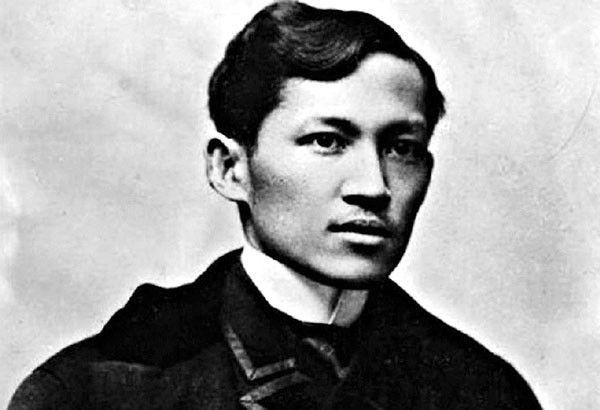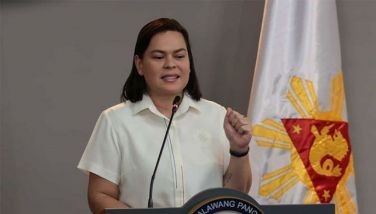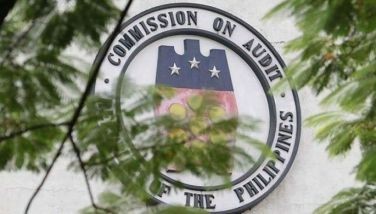Rizal is not a national hero Filipinos believed he was

MANILA, Philippines — The country celebrates the 158th birth anniversary of Jose Rizal, considered as one of the greatest heroes of the nation, today, June 19, 2019.
Rizal is everywhere. His face is on the one peso coin. Brands and places bear his name. Students are required to read his novels: Noli Me Tangere and El Filibusterismo in high school and take a course about his life and legacy in college. Every year, Filipinos remember his 1896 execution on December 30—a regular holiday.
Rizal—a physician, writer, artist and scientist—is taught in schools, written in textbooks and described in social media even search engine Google as the country’s national hero.
But the truth is: he has never been proclaimed a national hero.
According to the National Commission for Culture and the Arts, there is no law, executive order or proclamation that has been enacted or issued proclaiming any Filipino historical figure as a national hero.
“Even Jose Rizal, considered as the greatest among the Filipino heroes, was not explicitly proclaimed as a national hero. The position he now holds in Philippine history is a tribute to the continued veneration or acclamation of the people in recognition of his contribution to the significant social transformation that took place in our country,” NCCA wrote on its website.
But while there is a no official declaration explicitly proclaiming him as a national hero, there are two orders honoring Rizal as a historical figure.
Gen. Emilio Aguinaldo issued Decree of Dec. 20, 1898, declaring December 30 of every year as a day of national mourning in honor of Rizal and other victims of the Philippine Revolution.
Act 137, which organized the politico-military district of Morong into Rizal province, was the first official step taken by the Taft Commission to honor Rizal.
National Heroes Committee
Former President Fidel Ramos issued an executive order to create a National Heroes Committee, which is mandated to study, evaluate and recommend Filipino heroes in recognition of their exceptional character and remarkable achievements for the country.
The committee recommended nine Filipino historical figures to be national heroes: Jose Rizal, Andres Bonifacio, Emilio Aguinaldo, Apolinario Mabini, Marcelo del Pilar, Sultan Dipatuan Kudarat, Juan Luna, Melchor Aquino and Gabriela Silang.
However, no action has been taken on these recommendations since the submission of the report by the committee in 1995.
“This was probably because this might trigger a flood of requests for proclamations. Another possibility is that the proclamations can trigger bitter debates involving historical controversies about the heroes,” NCCA wrote.
Official national symbols
Republic Act 8491 or the Flag and Heraldic Code of the Philippines designates the Philippine flag, national anthem Lupang Hinirang, coat-of-arms and other heraldic items and devices of the Philippines as the country’s national symbols.
According to NCCA, apart from RA 8491, the country has only four official national symbols or those that represent the country’s traditions and ideas as well as convey the principles of Philippine sovereignty and national solidarity.
During the Commonwealth era, Governor-general Frank Murphy declared sampaguita as the national flower and narra as the national tree. Former president Ramos proclaimed the Philippine eagle as the national bird in 1995 and Philippine pearl as the national gem in 1996.
- Latest
- Trending
































